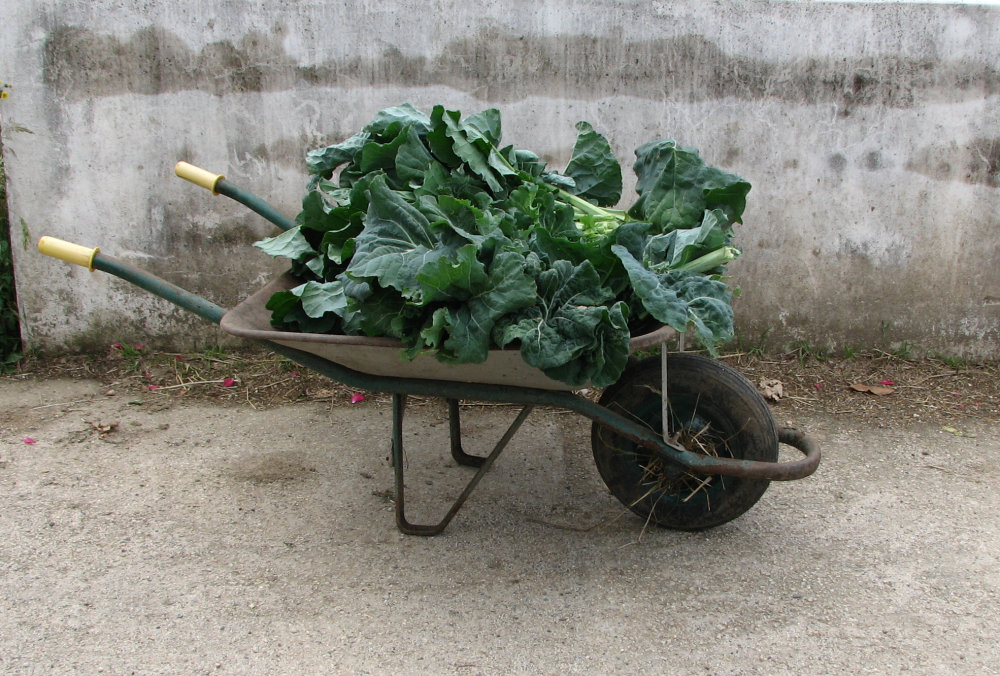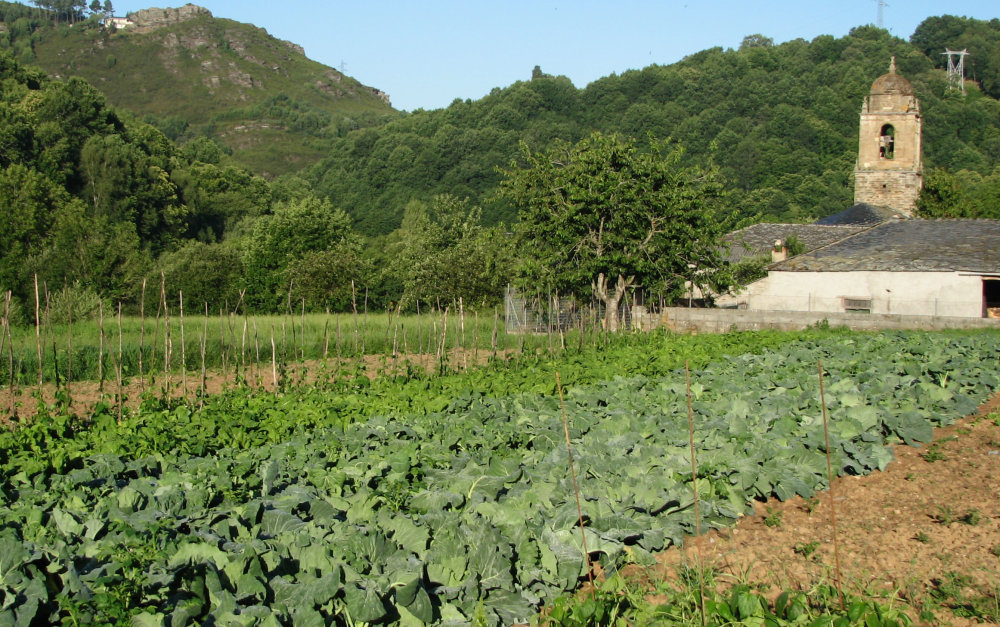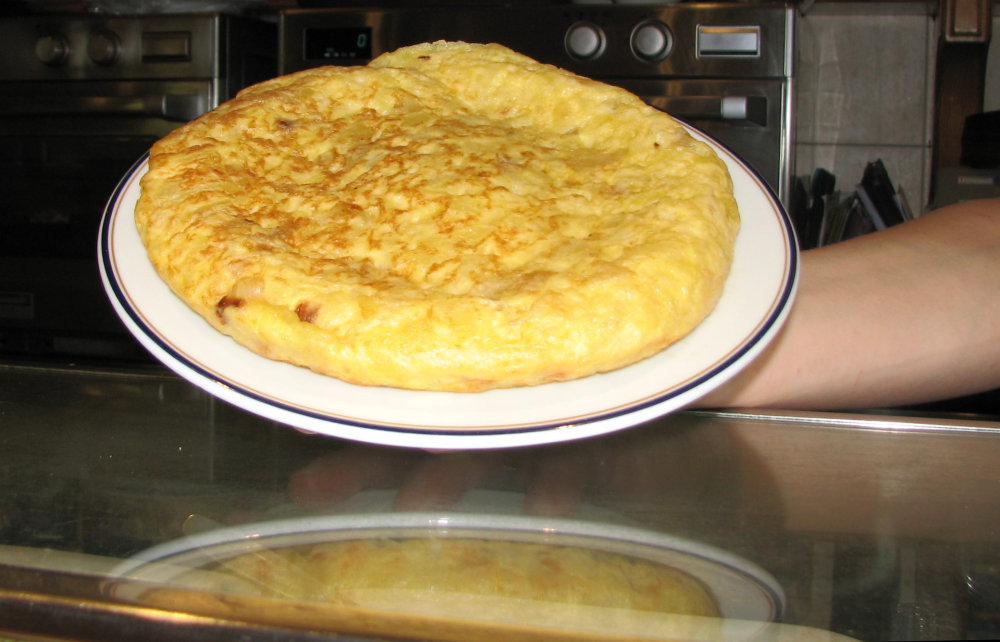NOTE: Due to COVID-19 some of these places may be temporarily closed (or permanently, alas). Example: Fresco salad bar needs to do some major thinking to make their restaurant virus-safe; sign in their window says they hope to re-open soon. A few other places have closed for other reasons; for now they’re at the end of the list in case someone is looking for a place they ate in the past.
High on the list of priorities when new to a city is finding food – where to get best staples at the best price and where to find specialty items or treats. This can be a challenge in the best of circumstances, but for people with special needs, it can be downright daunting.
This article is a quick guide to vegetarian and ecological grocery stores and restaurants in Madrid. Most of these places can satisfy a wide range of needs – for vegetarian, vegan, celiac or lactose-intolerant cooking – or supply cooks with that specific kind of tofu, oil or grain not available at standard grocery stores.
In addition to the grocery stores shown here, look for smaller herbolarios in your neighborhood – most will have at least the basics and some a complete array of products. Ethnic grocery stores are another good source: oriental, Indian, Latino and Moroccan shops are scattered around the center of Madrid, with odd vegetables, different oils, noodles, rice, breads and tofu, sometimes in a fascinating cross-cultural mix.
Some of the bigger classic supermarkets have health food and ethnic sections. You may have to roam the aisles to find what you want, but once you do, you can read labels to be sure you’re getting what you want, and avoiding what you need to avoid.
Vegetarian grocery store (see restaurants, some have attached stores)
Salud Mediterranea Locations near Atocha and Manuel Becerra. One of Madrid’s biggest vegetarian grocery stores, has cosmetics and vitamins as well – they have an additional location near Cibeles that doesn’t have any food, only health and beauty products. Helpful staff. Website: http://saludmediterranea.com/
Ecocentro, Near Cuatro Caminos. Two grocery stores, one for perishables, other for staples; the grocery stores are among the best in the city, very large selection of products including cosmetics and vitamins. IMPORTANT NOTE: Esquilache street is split in two separate parts, Ecocentro is on the southern half just off Islas Filipinas. Website: www.ecocentro.es
Biotika, Salamanca neighborhood store on Ayala street. Website: www.labiotika.es
Planeta Vegano, Lavapies neighborhood. Smallish but nice selection. Website: http://www.planetavegano.com/
Kiki Market, metro Tribunal. The Tribunal location has a small deli, too. La Latina (my ‘hood) store is smallish but has excellent selection including fruits, veges, cheese and some tofu products as well as all the non-perishables you would expect to find at a good health food store. More info at http://kiki-market.com/wordpress/
Be Organic, metro La Latina. This store used to be a Kiki Market, but appears to have changed owners. Selection not quite as good as it was as Kiki, but it’s one of the only health food stores in the area. More info at https://www.facebook.com/beorganicmadrid
Veggie Room: Vegan store on San Vicente Ferrer, near metro Tribunal, not far from location of Madrid’s first real health food store (now extinct, alas). Noticed when walking by, haven’t been inside but did notice they have energy bars for hikers including Cliff Bars. More info at http://www.veggieroom.es/
Restaurants: Most of these places have lunch deals, and some may offer similar deals for dinner. Most have options for vegans as well as vegetarian, and can handle celiac or lactose intolerance, though it’s wise to check ahead if last two are super important for you. Some of the smaller places might not take credit cards. * indicates the restaurant has an attached store.
*Biotika, Near Santa Ana. A classic. Small restaurant with vegan as well as vegetarian food, grocery store next door. Good food and not expensive. Website: www.labiotika.es
*Ecocentro, Near Cuatro Caminos. Same as above, separated as their store is one of the largest in Madridso merits its own note. Restaurant/coffee shop between the two stores, they do converences around the corner on a wide variety of personal development and food topics. Also has a bookstore. IMPORTANT NOTE: Esquilache street is split in two separate parts, Ecocentro is on the southern half just off Islas Filipinas. Website: www.ecocentro.es
VivaBurger: used to be a semi-classic vegetarian called Viva la Vida but has evolved to have salads, vegetarian burgers, wraps, and some lighter dishes. On Plaza de la Paja, one of the prettiest squares in central Madrid. Website: http://www.vivaburger.es/
Freedom Cakes, near Plaza Puerta del Sol: started as a pastry shop with some vegan options, now has a new locacation and a small café with light food as well as pastry. Check the menu, it looks like they have some classic (non vegetarian) food as well as vegetarian and vegan. I am trying to resist temptation, they have cupcakes and dark chocolate brownies. Website: https://freedomcakes.es/
Artemisa Locations just off Gran Via and near Plaza Santa Ana. One of Madrid’s first vegetarian restaurants, pared-down décor but good food and not expensive. Usually packed, they understandably don’t like you to linger after the meal. Menu in English is on their website. Website: www.restauranteartemisa.com.
Fresc Co Calle Fuentes 12 (near Opera). Alas, this small chain used to have many more locations but they’ve all closed, a real shame because it’s a good salad bar with a few hot dishes at the back, usually soup, pasta or pizza. Good all-you-can-eat lunch deal. Website: www.frescco.com/
Yerbabuena Two smallish places near Plaza Mayor, great for fast, heathy meal when you’re downtown. Website: www.yerbabuena.ws (note: the ws is not a typo!)
Vegaviana calle Pelayo 35, telf 91 308 0381. Metro Chueca. Good food and inexpensive. No website; Trip Advisor rates this place highly
Rayen Lope de Vega street near Santa Ana. Vegan and ecological. Smallish, pretty décor. They make their own bread and have a nice selection of craft beer. Website: http://rayenvegan.com/
Distrito Vegano, Vegan food & art. Near Lavapies, allows non-human animals (dogs and cats and others?). Website www.distritovegano.com
*El Vergel, Near Metro Principe Pio, across from Casa Mingo chicken restaurant. UPDATE: closed as of summer 2019. Trip Advisor post indicates some less than friendly action on the part of the owner. Sign on the door says closed permanently, I’m hoping someone will take up this business because they were really, really good. Closed for now, alas, but I’m keeping my eye on them. Anyone looking for a business opportunity? Good food, nice décor. Large store upstairs has a good selection of everything including fresh organic vegetables. This is my personal favorite and where I do most of my shopping for special products. Their client card is a good deal and they’re open long hours. Website: www.el-vergel.com
El Estragon Vegetariano Plaza de la Paja. UPDATE: as of late 2019 this place also has changed focus, no longer vegetarian. They call themselves the vegetarian restaurant for non-vegetarians. Nice décor, outdoor section in season. Website shows their menu, has (slightly fractured) English translation. Website: www.elestragonvegetariano.com/index.html
Al Natural Between Sol and Cibeles. UPDATE: as of late 2019 this wonderful vegetarian place closed, restaurant at same location is very carnivore (I¡m trying not to think cynical thoughts about the proximity of Spanish Congress, as in, how many politicians are vegetarian and how many carnivores?) Vegetarian and vegan, in the past this restaurant has also had a few non-vegetarian dishes but I don’t see them on their menu now. Good food and fun décor, more interesting than most other vegetarian places in Madrid. Al Natural is right behind Congress so you will notice more police presence and maybe more “suits”, probably politicians. Website: www.alnatural.biz/
Loving Hut Vegan food next to Plaza de España. UPDATE: as of fall 2020 this place has closed permanently. Website doesn’t have a lot of information, does show their vegan restaurants in other cities. Website www.lovinghut.es/




